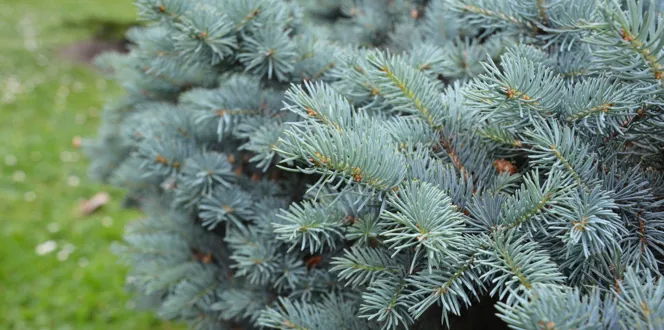Imagine driving along a country road on a bright, sunny day- as rays of light warm your smiling face with open windows welcoming fresh air that circulates through the interior of your car.
You're enjoying this moment soaking in the pleasant weather you've hoped to experience for oh-so-long…when suddenly that pesky service engine light illuminates on your dashboard. Although your carefree afternoon has been interrupted, you appreciate the prompt reminder as the light notifies you of something that needs attention. As the saying goes, it's better to be safe than sorry, especially when it comes down to protecting your most valued possessions.
Trees are incredible assets to your landscape and can provide so many benefits. But sometimes, trees can pose a safety risk. For example, a large hardwood tree species were planted 10-15 feet away from the foundation of the house.
Wouldn't it be nice if trees had a safety light, too? That would warn you of impending severe storms, strange weather patterns, and other environmental conditions. This would make it easier to determine when your "green" friends need your attention. Trees however do not have that feature. This is why it's important to check them once spring arrives. By doing this it will ensure your trees provide beauty to the property along with reducing safety hazards.
But what exactly should you be looking for? Davey Tree Service's R.J. Laverne, board-certified master arborist, and manager of education and training have come up with some tips for best identifying and mitigating tree hazards.
SAFETY CHECK TASK #1: Determine The Tree's Target(s)
A tree that has become a risk to your property means it has an unacceptable level of structural or safety concerns. Targets refer to people or property that could be harmed if the tree (or part of the tree) were to fail. Evaluating the risk a tree poses to your property means taking a look at the potential targets. "There is a certain amount of risk, or threshold, associated with that tree you're willing to accept," Laverne explains. "It's ultimately up to the property owner to determine which thresholds apply to his or her trees."
For example, property managers of public areas like parks or golf courses have a greater concern for public safety than homeowners, because their landscapes receive many visitors. Homeowners may have a higher tolerance for risks associated with their trees because of historical or sentimental reasons.
A professionally trained arborist can help property owners determine the overall level of risk by objectively reporting the risks they observe. "Risk is not just a function of the tree; it's also the occupancy rate of people and/or objects surrounding it at any time," Laverne says. "Typically, the higher the occupancy rate, the higher the risk of the tree to cause harm."
So, you can remove the target. Move the people or objects surrounding the tree to reduce the likelihood of impact, or create a barrier around the tree to prevent people from approaching it.
SAFETY CHECK TASK #2: Determine The Tree's Stability
"It's useful to think of trees in two ways, either as assets or liabilities," Laverne says. "All trees are living organisms, and as long as they stay structurally sound and live vigorously, they'll remain assets as long as they grow."
If you observe a structural problem with your tree, you can often treat it. Prune a dead branch to remove the risk associated with it falling on its own; install cables and braces to reduce the likelihood a tree will split, or assess decay located in the trunk to reduce the likelihood a tree will fail.
The decision to remove a tree can be a difficult one and it's important to balance the consideration for safety with the benefits the tree provides. Because large, mature trees provide the most ecosystem services, such as air pollution reduction, storm runoff reduction, shade, and energy conservation, the decision to remove a mature tree can be tough.
"You wouldn't get rid of a new car if it only had a flat tire; that's an easy fix considering the mileage it has left," Laverne says. "Trees are the same way, they can often benefit you for many more years."
In our next post, we'll give you specific examples to help you determine when it's time to remove a tree.





